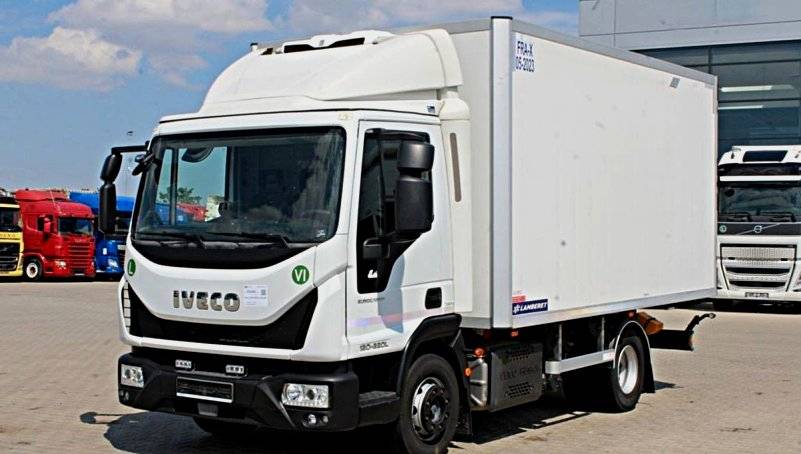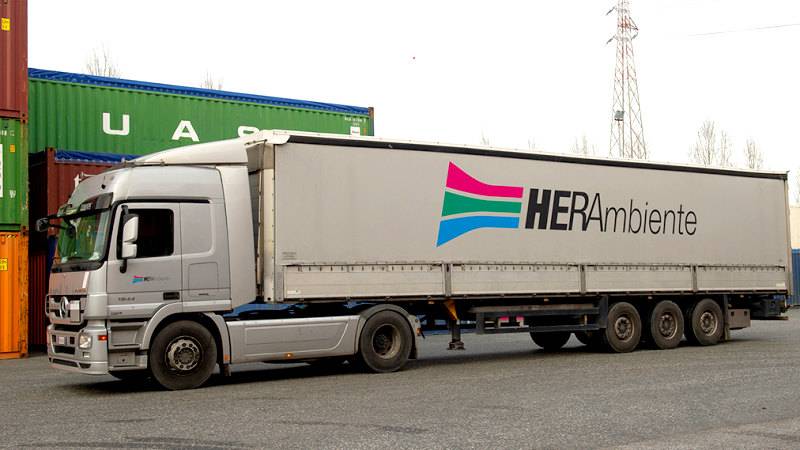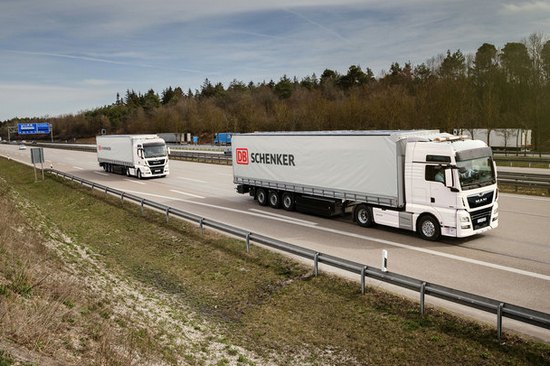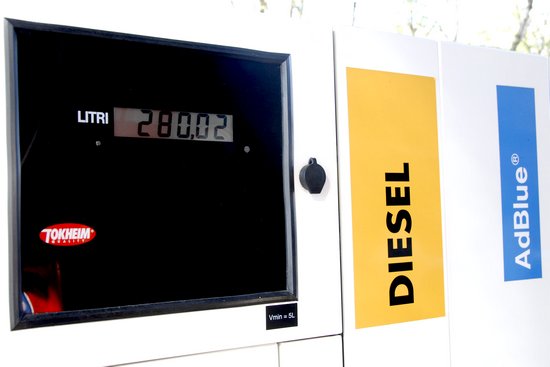What will 2025 hold for air cargo transport? Given the geopolitical and economic uncertainties, it is difficult to provide a definitive answer. However, IATA has outlined a general forecast based on key factors from the previous year, which saw a near twelve percent rise in freight traffic measured in tonne-kilometres. These factors include e-commerce, which remains strong despite a post-pandemic volume slowdown, and the Red Sea crisis, which persists due to the fragile truce in Gaza. IATA predicts that freight traffic in tonne-kilometres could grow by up to six percent in 2025, with the Middle East and Asia-Pacific driving the expansion.
After a period of significant volatility, air cargo yields stabilised in 2023, remaining 35% higher than pre-pandemic levels. For 2025, IATA forecasts that yields will remain largely steady year-on-year. However, freight rates, which surged during the pandemic, are now in decline. The nominal freight rate fell to 2.26 dollars per kilogram in 2023, followed by 2.18 dollars per kilogram in 2024, with projections indicating a further drop to 2.17 dollars per kilogram in 2025. Real freight rates are also decreasing, from 1.54 dollars per kilogram in 2023 to 1.40 dollars per kilogram in 2024 and an expected 1.34 dollars per kilogram in 2025.
Freight capacity, measured in available tonne-kilometres, returned to pre-pandemic levels in 2023. The resurgence of passenger flights has allowed the belly holds of aircraft to be used once more for cargo transport, reducing reliance on dedicated freighter aircraft. In 2019, 59% of cargo was transported on freighter aircraft, but by 2024 this share had fallen to 48%, a trend expected to continue in 2025. Despite this, global capacity continued to expand in 2024 and is forecast to grow further in 2025, albeit at a slower pace.
Despite the challenges, IATA views the air cargo sector as resilient and dynamic. Total cargo volume is projected to increase, reaching 68.5 million tonnes in 2024 and 72.5 million tonnes in 2025. Industry-wide revenue is expected to total 149 billion dollars in 2024 and rise to 157 billion dollars in 2025. The cargo load factor is anticipated to remain around 45% in both years, demonstrating efficient utilisation of available transport capacity.





































































